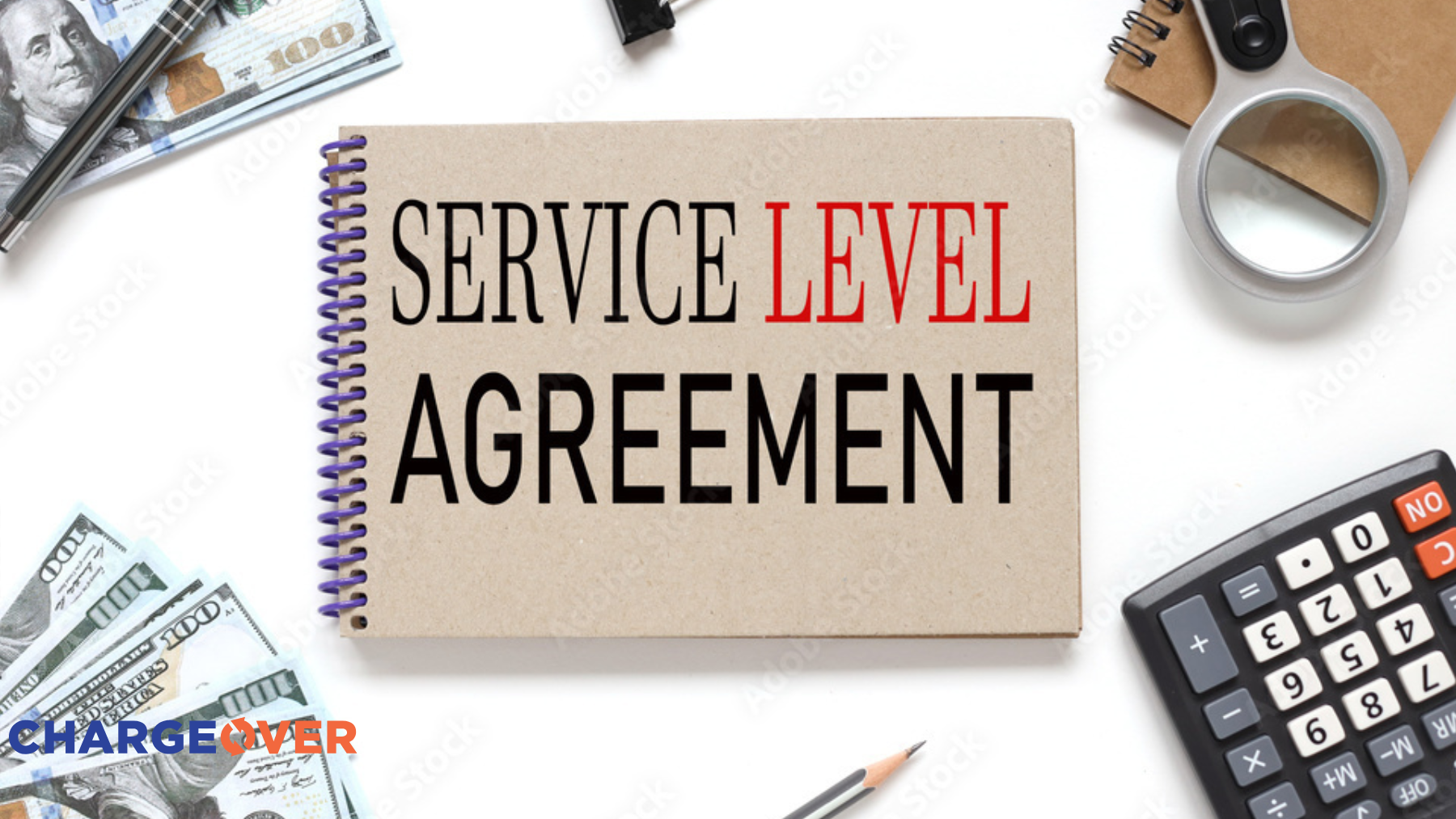Manual Processes Drain Time and Create Bottlenecks
SaaS companies that rely on manual billing processes often find their operations slow and error-prone. Tasks like generating invoices, tracking payments, and sending reminders may seem manageable in early stages, but they become major bottlenecks as revenue scales. Each step requires human intervention, increases the chance of mistakes, and delays cash flow. For CEOs, the opportunity cost is substantial—your best people spend hours on administrative tasks instead of building product or supporting customers.
Manual processes also reduce visibility. You can’t easily generate reports, identify payment trends, or understand churn risk if your billing data is scattered across spreadsheets and disconnected systems. This lack of clarity makes it difficult to plan and forecast with confidence.
Automation Reduces Errors and Improves Efficiency
Automated recurring billing SaaS platforms replace repetitive billing tasks with consistent, reliable workflows. Once a subscription is created, the system automatically handles invoicing, payment collection, and reminders—on time, every time.
This automation leads to fewer billing errors, fewer failed payments, and faster revenue recognition. Teams no longer have to chase down overdue invoices or manually adjust billing cycles. Instead, they can focus on improving customer experience, optimizing pricing models, or launching new products.
When paired with integrated reporting, automation gives CEOs and finance leads real-time visibility into key financial metrics. This unlocks faster decision-making and reduces reliance on retrospective accounting data.
Avoid Implementing Automation Without a Clear Workflow
Automating without first mapping your process is a common pitfall. Many teams jump straight into tools, only to create disjointed systems that are difficult to scale or troubleshoot. Subscription billing often includes edge cases like free trials, prorations, or usage-based charges. If these aren't accounted for up front, your automation will create more problems than it solves.
Start by documenting your current Quote to Cash (also known as Q2C or CPQ) workflow. Identify where handoffs, custom logic, or data entry slow things down. Then define what should be automated, what needs approval, and what systems must stay in sync. Only then should you implement automation.
ChargeOver’s recurring billing software makes this transition easier by allowing teams to automate incrementally—starting with invoice generation, then expanding into dunning, integrations, and pricing updates.
Build a Billing Stack That Scales With You
A key benefit of automation is its ability to scale without additional headcount. But not all billing systems are built for growth. As your customer base expands, so do your pricing models, integrations, and reporting needs.
Look for a platform that supports:
- Subscription billing with flexible billing intervals and service dates
- Usage-based pricing, metered billing, and hybrid models
- Payment gateway integrations with multiple processors
- Automated workflows for email reminders, failed payment handling, and account changes
- Direct integrations with CRMs, accounting platforms, and analytics tools
Modern SaaS teams should also prioritize real-time integrations and audit logs to reduce reconciliation work and meet compliance needs as they grow.
Transform Your Billing Experience
Your results are just the beginning. Learn how to optimize your billing and scale your success.


